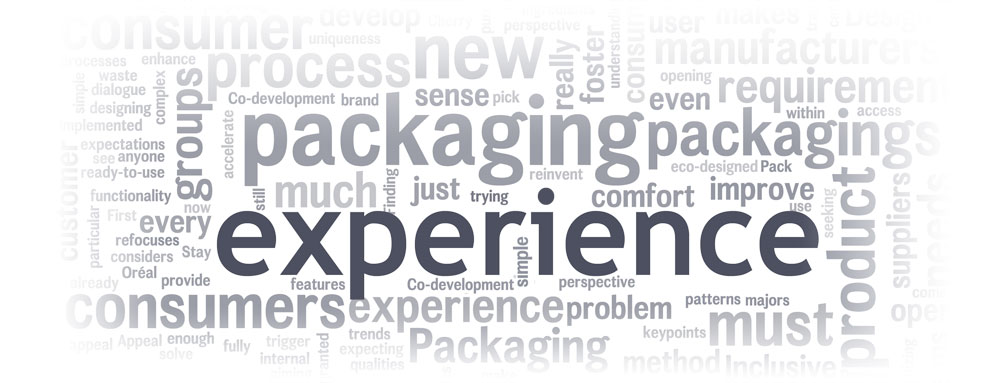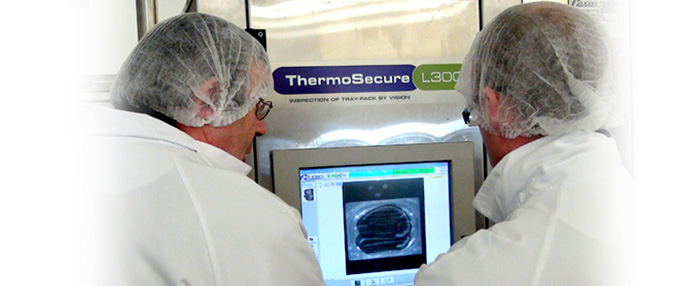Packaging : how can innovation help enhance customer experience ?
Packaging innovation remains a priority for all majors groups within the food, beverage and cosmetic industries. But methods have significantly changed over the past few years. After the all design and gizmo features trends, innovation refocuses on enhancing customer experience.













